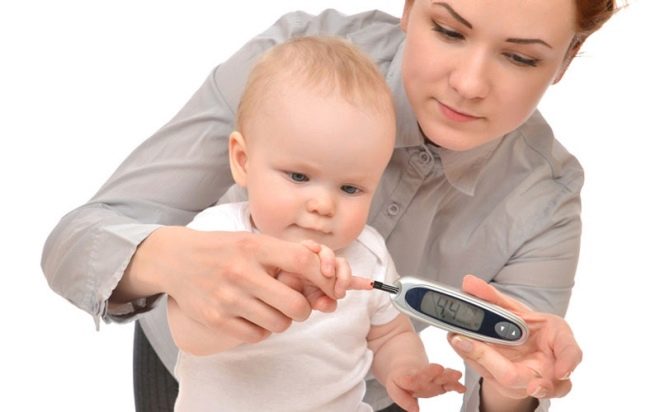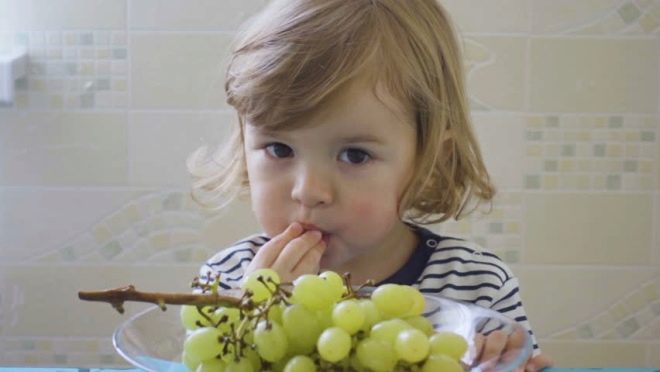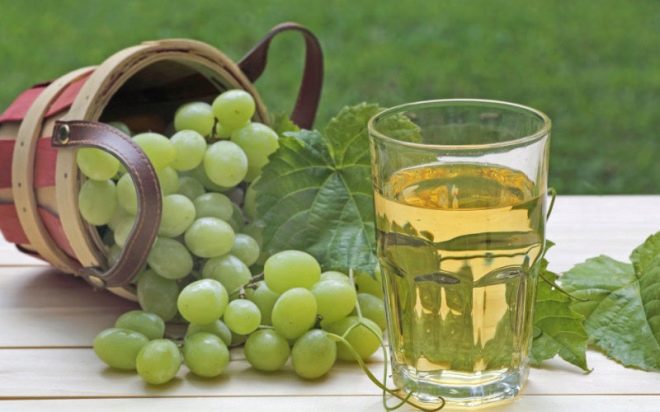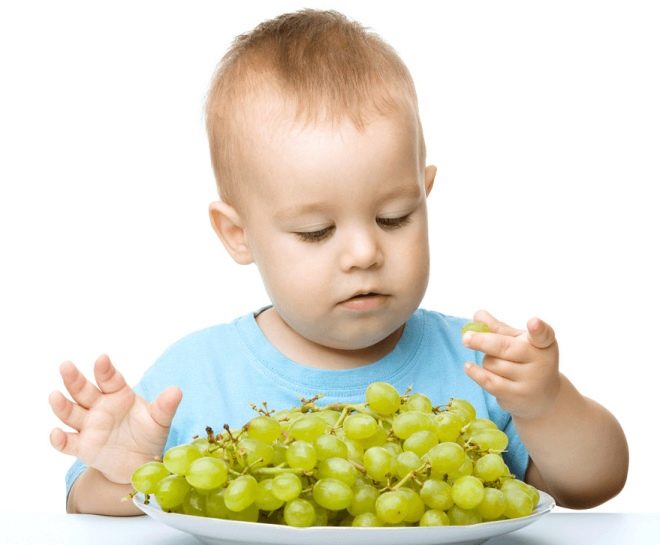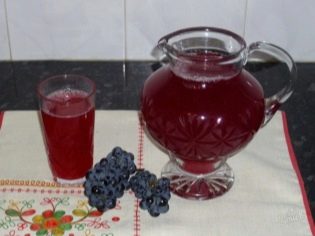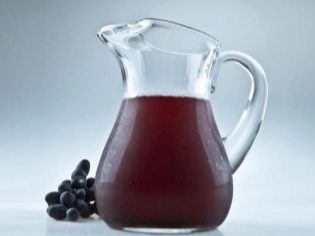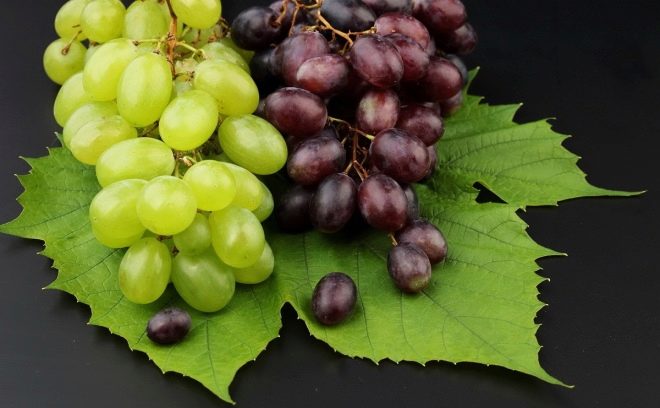At what age can you give grapes to a child, and what to take into account?
Many mothers consider grapes not only tasty, but also very useful berries. But before you treat such a natural delicacy to a baby who is just beginning to try different foods, it is worth knowing more about the pros and cons of grapes, as well as the age restrictions for using it. In addition, all young parents are interested in how to choose grapes to feed a child, and how many berries can be given per day so as not to harm the baby’s health.
Benefit
Juicy grapes are rich in mineral salts, sucrose, organic acids, pectins, vitamin compounds and flavonoids. Other useful properties include:
- Eating grapes has a positive effect on immunity, metabolism, hematopoiesis, bone strength, functioning of the central nervous system and the heart. This product has the ability to accelerate the excretion of toxins and radioactive substances, and also has an antioxidant effect.
- Grapes contain 15-20 grams of carbohydrates and 65-95 kcal per 100 grams of the product, which makes it nutritious and important in the diet of children who are not gaining weight, eat little or recover from the disease.
Harm
You need to know the following nuances:
- Due to the large amount of carbohydrates, the digestion and assimilation of the grapes is difficult, so the berries should be given to children between meals. For the night to feast on this product is not worth it.
- Since grapes are rather caloric, a large amount of it is undesirable in the diet of babies who have a predisposition to fullness. Obesity and diabetes are contraindications for such berries.
- Grapes belong to the allergenic products (especially varieties with dark coloring of the skin). In addition, there are a lot of tannins and polyphenols in dark grapes, so this product can provoke headaches.
- After eating a large portion of grapes in the intestines of the child can begin the process of fermentation. For this reason, it is necessary to limit the amount of this delicacy and take into account compatibility with other products - not to give grapes with fatty foods, milk and other food, which enhances fermentation and gas formation.
- The presence in the grapes of a large amount of organic acids makes such a product harmful to the fragile children's tooth enamel. This is one of the important factors to limit the inclusion of grapes in the menu of a small child.
- In some children, the grapes are not only poorly digested, but also stimulate intestinal motility, which leads to a liquefaction of the chair after it is consumed.
How old do you get to feed?
According to the majority of pediatricians, it is permissible to acquaint a child with fresh grapes. not earlier than 2 years of age. Many pediatricians advise to postpone the first test of such a product to 3 years to reduce the risk of a negative reaction of the child’s body.
At the same time, it is possible to add grapes to dishes, for example, to puddings, casseroles or souffles, a bit earlier - from 1-1.5 years.
At the same age, the child can be offered the first time and compote or juice from the grapes, but on condition that the crumbs are not prone to allergies.
In what form to give?
To feed a 2–4-year-old child, fresh grapes should be cleaned from both skin and seed. If the baby tries them for the first time, it is enough to give only one berry and look at the reaction.
With good portability, the amount can be gradually increased, but do not exceed 100 grams per day. Include fresh grapes in the children's menu is advised no more than 2-3 times a week.
Can I give with bones?
The digestive system of a small child does not cope with the digestion of grape seed, so it is undesirable to give their children. However, if the pussy accidentally ate a few berries along with the bones, nothing terrible will happen. They will not be digested in the intestines and will soon leave the child’s body with feces.
Danger can only be grape seeds in large quantities.therefore it is important to ensure that the child does not eat many unpeeled grapes.
Grape compote and juice
Grape compote, despite the loss of some amount of vitamin C during cooking, has many advantages over fresh grapes. That is why this drink can be prepared even for a one-year-old child:
- It contains trace elements, B vitamins and useful antioxidants.
- Due to the heat treatment, fruit acids in the berries are destroyed, which makes compote safe for the enamel of the teeth and the gastric mucosa.
- The grapes themselves are quite sweet, so you don’t need to add sugar to the drink.
Thoroughly washed grapes need to be filled with water 1: 2 and set on fire. As soon as the liquid boils, the fire is reduced and the compote is left to boil for 3-5 minutes.
Next, the pan is removed from the stove and allowed to brew for 1-1.5 hours. Offering this drink to your child for the first time, you should give only 1-2 teaspoons. If the body crumbs compote normally, its volume is gradually increased.
As for juice, it is also advised to start acquaintance with such a product with a small amount, giving the child only a few drops of grape juice in a diluted form (1: 3).
If the child’s stool has not changed, the state of health is normal and allergy symptoms have not occurred, the volume of juice is increased to the amount allowed by age. Grape juice is usually offered to children. 1-2 times a week.
To eliminate the harmful effects of juice on the teeth, drink is advised to drink through a straw.
Tips for choosing
The best choice for baby food can be called grapes, which grew in their own summer cottage. In such a product, the mother can be completely confident, which makes it possible to give it without fear.
If the grapes are purchased for a child in a store or on the market, you should consider the following nuances:
- It is preferable for children to choose light-colored seedless varieties (raisins). Such grapes are easy to clean, less likely to provoke allergies and have a sweet taste.
- Grapes purchased for a child must be mature. If you live in a region where such berries are grown, then you need to include them in the diet of babies during the fruiting period.
- When buying grapes carefully inspect the bunch - all the berries should be elastic and dense. You can also shake the bunch and see if the berries remain in place (if they crumble, it is better not to take such a product, since it is already stored for a very long time).
- If you find damaged grapes after purchase, they should be thrown away. Need to get rid of moldy or rotten fruit. But small black spots on the berries, which are often found on ripe grapes, should not be afraid.
- If you can try the product, tear the berry from the bottom of the bunch, as it matures last.
What to do if you are allergic to grapes?
The body of the child may respond to symptoms of allergy to various substances in the composition of grapes - for example, the pigment in dark varieties (burgundy, purple, purple, crimson).
In addition, an allergic reaction can be triggered by yeasts on the surface of the skin or chemicals that have been treated to protect against pests and long-term storage.
Most often, a negative reaction to the grapes is local, for example, the digestive system of the karapuz responds to the new product with diarrhea or nausea. Many children are allergic to grapes manifested atopic rash or urticaria. Occasionally, after one or more tests, symptoms of the respiratory system appear - runny nose and dry cough.
At the first manifestations of allergy, grapes are immediately excluded from the children's menu.. If the symptoms bother the child, you should contact your pediatrician or allergist for a doctor to prescribe treatment, for example, advise an age-appropriate antihistamine. Re-try grapes after a negative reaction can be no earlier than in 2-3 months.
More information about the benefits of grapes you will learn from the following video.



